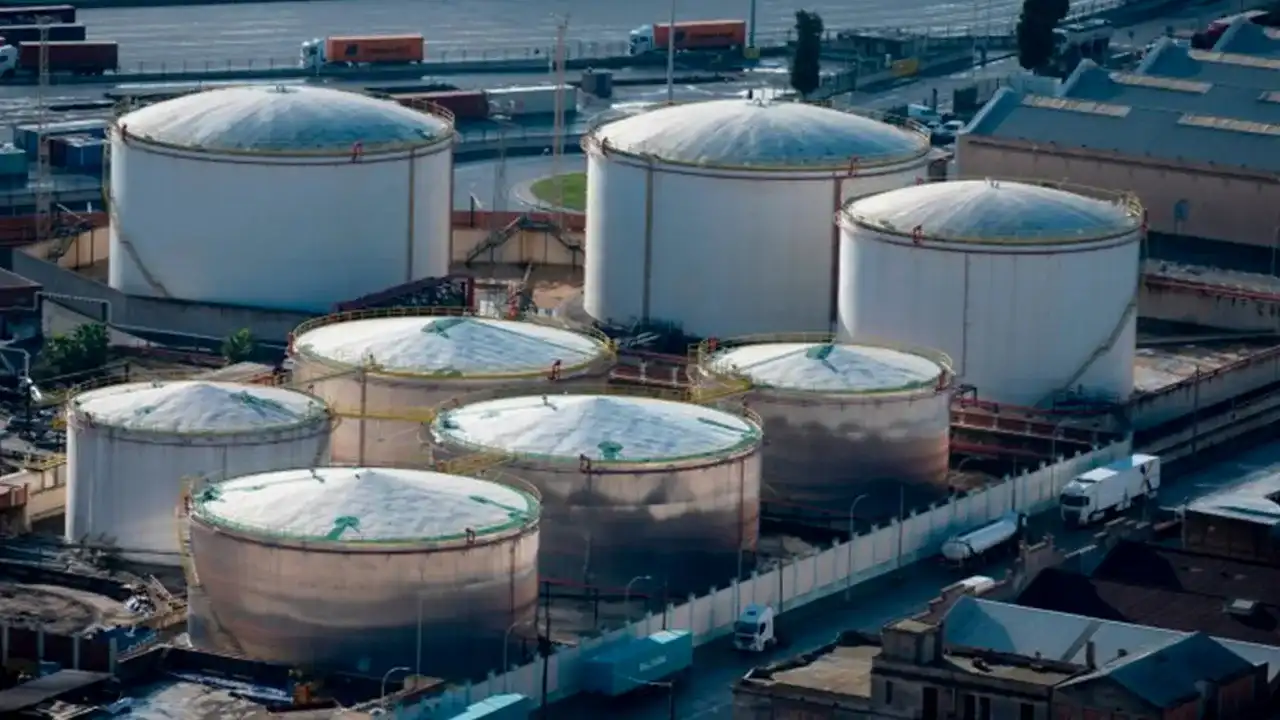Eurozone recession fears escalate as more German factories shut down July 18, 2025. Eurozone concerns that recession is on the way have deepened with another wave of German factories announcing closures and cutbacks.
The industrial heartland of Europe is struggling with a combination of stubbornly high energy costs, a global slump in demand and the growing effect of international trade tensions that are threatening to darken the outlook for the bloc’s economy.
Germany’s Industrial Engine Stalls
And Germany, long the powerhouse of Europe’s economy and highly dependent on manufacturing and exports, is leading the way in this industrial slowdown. Recent data, such as the PMIs, which have remained below the 50-point mark separating expansion from contraction, are indicative of continued deterioration in activity levels.
The last of the July PMI reports will be published early next month, but anecdotal evidence from the field is bleak, with reports of falling new orders and lower capacity use.
A few things help explain why we’re seeing such a severe downturn:
- High Prices for Energy: Yet, while industrial energy prices in Germany have moderated somewhat from their peak levels, they are well above those in competitors like the U.S. and China. Among the most seriously hit are the energy-intensive sectors, such as chemicals, steel and glass, which are left with no other option than to reduce production or move abroad. Germany’s previous decision to wind down nuclear power and its previous dependence on cheap Russian gas have left it more exposed to energy price shocks.
- Sluggish Global Demand: The global economic-growth slowdown, particularly in key markets such as China, and a retarded level of demand overseas have exacted a real toll on German exports. With global trade splintering and demand for manufactured goods cooling, Germany’s export-dependent industries are struggling to find buyers.
- Deepening Trade Wars: Adding to this is the froth of an intensifying US tariff regime under President Trump. With tariffs threatened – or already imposed – on more products and more countries, German exporters confront added costs and risk, adding even more drag to international trading volumes.
These will play to a visible de-industrialisation, with more and more German companies either going bankrupt or simply moving abroad with their production.
Broader Eurozone Implications
To be sure, German weakness inevitably radiates across the entire Eurozone. Germany’s industrial malaise is a threat to the entire bloc; its manufacturing output and demand for intermediate goods spill over directly into supply chains and economic activity in surrounding countries.
Although the European Central Bank (ECB) has started cutting rates, rate cuts have limited effectiveness in stimulating an economy grappling with domestic structural and external headwinds. The Eurozone is already expected to turn in only modest economic growth in 2025 (in the range of 1.1%-1.3%), and the deepening German industrial contraction may press the entire region to or even into a technical recession.
Analysts are also becoming increasingly jittery about “stagflation” — stunted growth and chronic inflation. The current trade tensions and the disruptions to the global supply chain could keep prices high, even as economic activity slows, leaving policymakers with a stubborn problem.
As Eurozone ministers of finance and central bankers follow the situation, the rapidly souring industrial outlook in Germany offers a flashing red warning light about the economic security of the region as a whole.

Leave a Reply